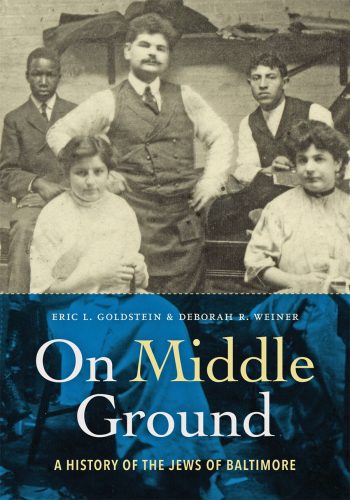History Can Inform Contemporary Family Life

A blog post by JMM’s new Director of Development, Tracey E. Dorfmann.

The Industrial Revolution was underway when many Eastern Europeans moved to Baltimore. America provided many new opportunities, but new freedoms created new challenges. Family structure often crumbled under the weight of earning an adequate living in a capitalist society. Families began to spend more “hours away from the security of family” due to work. Even children were expected to support the household by working. Families began to grow apart as independence and individuality flourished. Jewish communal organizations, Hebrew schools, and Yiddish theatre became part of the functional glue that held people together in a new way.

The Technology Revolution provides us with opportunities for business, employment, communication, improved health care and more. Today’s definition of what constitutes a family has broadened to mean family by marriage or family by choice. Thankfully, children in America are now protected under child labor laws and educational requirements. Even with all these advances we face new demands on our lives and time.
Once again, a wedge has been driven into family life. Our current dilemma is preserving time for the family in an age of of 24/7 connection to the work place. Working adults are expected to be available far beyond the traditional nine to five workday. Children are often, by necessity, in child care settings several hours before school starts and several hours after. Adults often spend more time each week interacting with colleagues, and children more time interacting within a composite peer group with few adults around. Once again, we find ourselves spending “hours away from the security of family.” When together, family members regularly sit in silence, with headphones on, focusing on hand-held devices or computer screens –immersed in individual worlds.
In both periods we discover that freedoms can become limitations. We can learn from these 19th century stories the importance of developing a community that is built through meaningful activities, uplifting connections, and cultural events.
